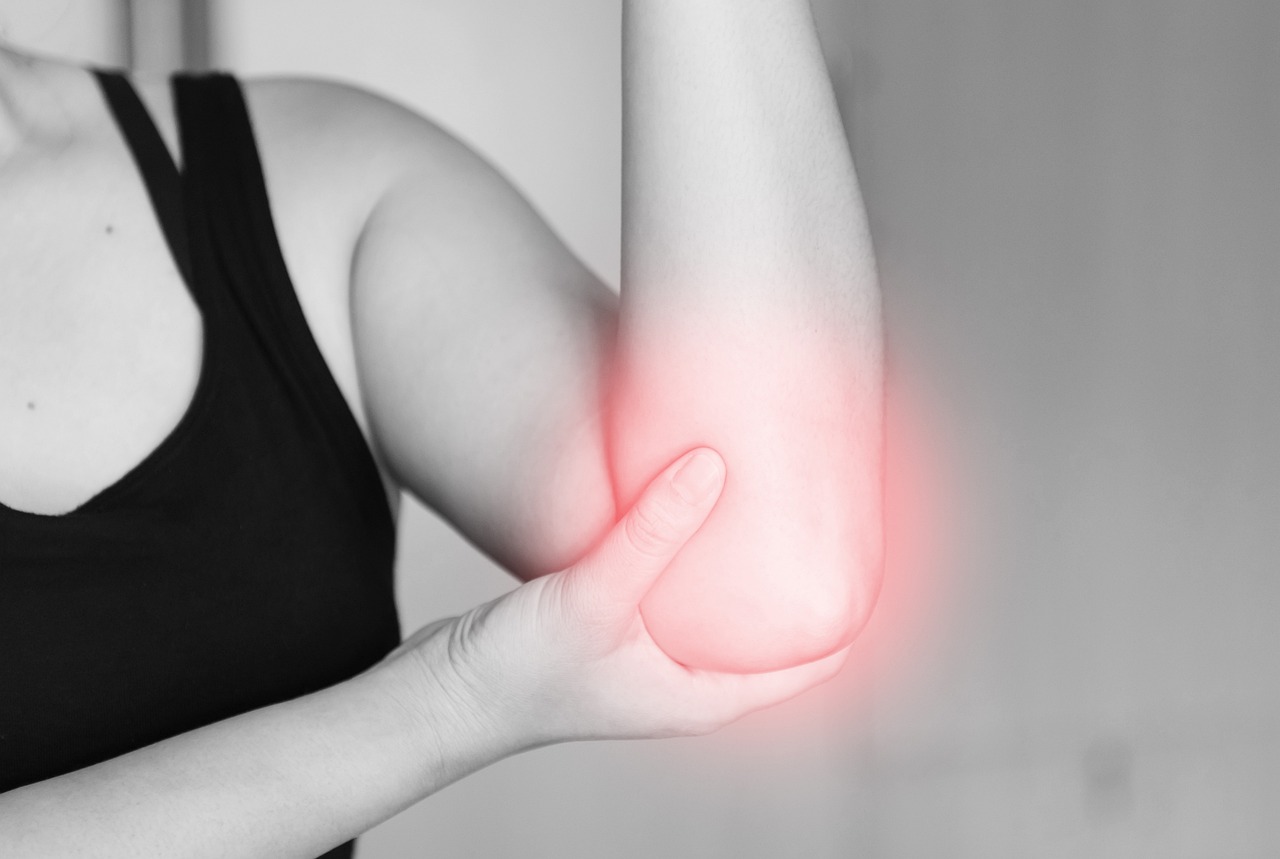Hip Injuries & Conditions
When it comes to pain, your hips don’t lie. Hip pain can have an significant impact on your daily life. So often, people think that hip pain is an evitable part of aging, but it doesn’t have to be. Hip pain can be due to a variety of causes and most are treatable.
From bursitis to osteoarthritis, treatment is available that can get you moving again. If achy hips are slowing you down, keep reading to learn more about common hip conditions and options for treatment.
Related Posts
What You Need To Know When Exploring The Differences Between Joint, Tendon, And Nerve Injections
Michael Harper MD, Interventional Sports Medicine Physician So, you have an injury or pain in your joint, tendon, or nerve. Where do you start? In [...]
Orthopedic Injections that can Improve your Quality of Life
Michael Harper MD, Interventional Sports Medicine Physician Joint pain, nerve pain, and tendon injuries. All three are common orthopedic conditions that millions of people encounter [...]
OSMS Recognized as One of America’s Best Surgery Centers Two Years in a Row
Orthopedic & Sports Medicine Specialists (OSMS) Orthopedic Surgery Center of Green Bay (OSCGB) was recognized for the second consecutive year as one of America’s Best [...]
Getting Back Your Mobility with Dr. Roedel
Being able to move and do day to day tasks without pain is an integral part of one's health and well-being. Dr. Roedel discusses how [...]
Amy’s Point of View: Her Daughter’s I’m Back Story
As a parent, it can be hard to gauge when you need to take your child in to see a specialist for an injury. Especially [...]
Scout’s I’m Back Story
Scout was playing in a basketball game, running down the court, when she felt a stabbing pain in her hip suddenly. The pain caused her [...]
















